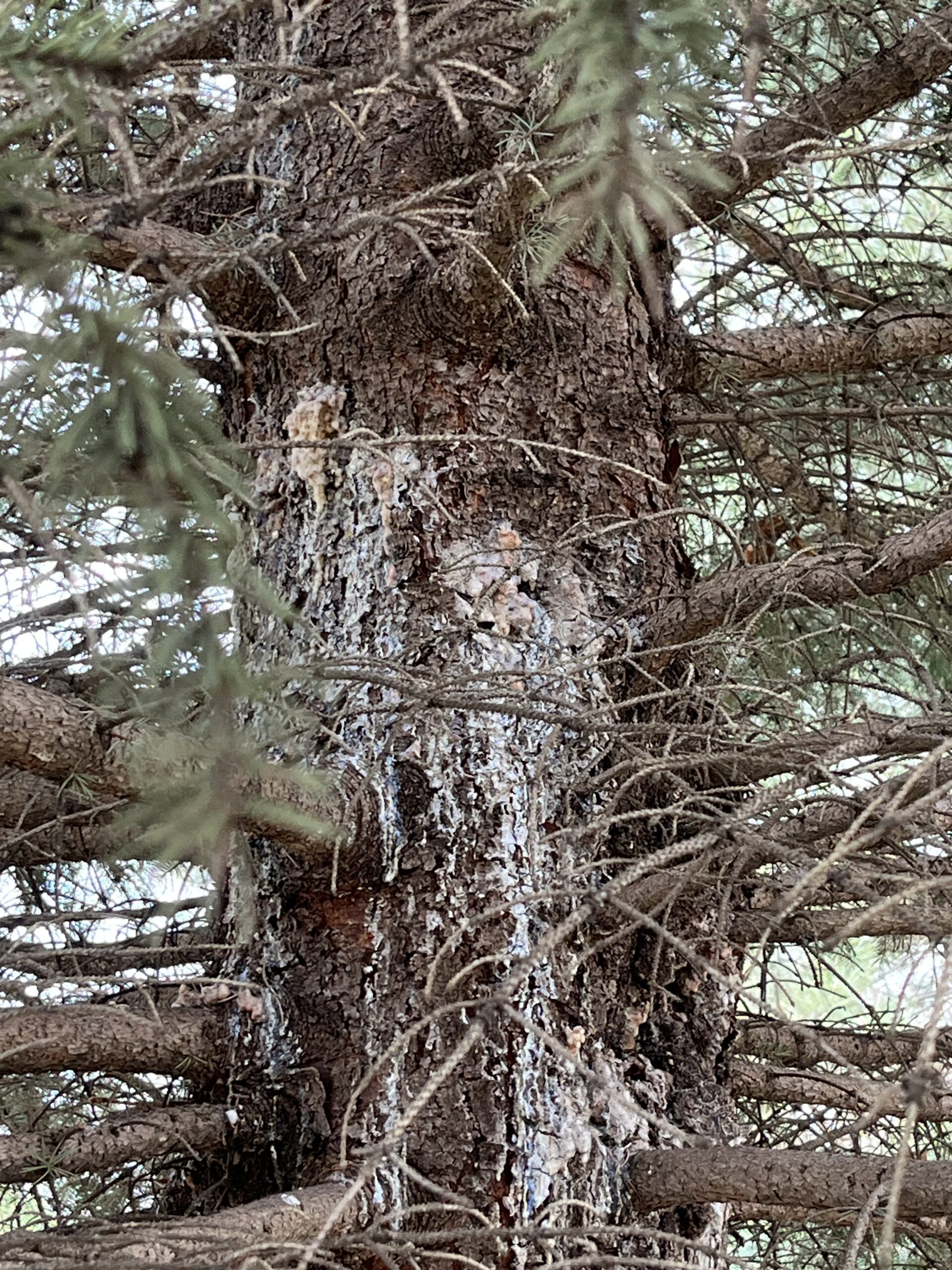Talking Plants
Jillian Patrie | University of Minnesota Yard and Garden Extension
Spruce trees are a common site in the FM area landscape, used for windbreaks, privacy and winter interest. Recently Clay County Extension has experienced a high volume of calls about spruce tree health. Let’s look at a few things we should be aware of when it comes to spruce trees in our landscapes.
Spruce tree selection and planting location are important factors to consider when growing evergreens in Minnesota. Colorado Blue Spruce has been a common choice due to its unique blue coloring. Originating from the more arid regions of the Central and Southern Rockies, it has now become one selection to avoid for Minnesota landscapes. The warm and humid summers of the upper Midwest cause various issues including needle cast and Cytospora canker. If the unique blue hue is what you’re after, consider ‘Fat Albert’ as an alternative selection that is more resistant to the above issues. A cold hardiness of zone 3 or 4 is also important when looking for a spruce variety that will survive the winter. Spruce trees and other evergreens can suffer from winter kill or dieback when exposed to extreme northwest winds and southern sun exposures in winter. These issues can be amplified if there is no snow cover, or if there are drought conditions present going into the winter season. If possible, pick a location that would avoid these two wintertime issues and water evergreens until the ground freezes during drought or winters with no snow cover to help reduce the chase of winter burn.
The last two summers have been on the drier side, causing stressful conditions for many newly planted and well-established trees. Supplemental watering may be necessary when these conditions persist. Adding wood mulch to the root area of new and established trees and shrubs can help keep roots moist, cool and can reduce weed pressure. Check out this watering guide for trees and shrubs to learn more https://extension.umn.edu/planting-and-growing-guides/watering-newly-planted-trees-and-shrubs.
Evergreens prefer well drained soil, avoid planting sites that collect water and do not drain quickly. A few evergreen selections for clay soils include Austrian Pine, Ponderosa Pine, White Fir, *Arborvitae (can winter burn in Northern Exposed/windy areas). Black Hills spruce and Juniper can be an alternative to Colorado spruce in the FM area. Visit University of Minnesota’s Plant Elements of Design website for more information and selections that are best suited for your growing location.
Rhizosphaera and Stigmina needle cast diseases are two fungi issues that appear commonly on spruce in the Midwest. These two diseases cause needles to brown and fall off. Trees that are stressed or planted too closely together are more prone to this issue and infection occurs during warm wet weather. Cytospora canker will occur on stressed spruce as well, and is characterized by a thick layer of hard, dry, bluish-white resin covering branches or the trunk.
A handful of insects can cause spruce tree decline as well. Spruce sawfly or Eastern spruce budworm could be present if a spruce tree is experiencing decline from the top down. For more information about these common spruce issues visit extension.umn.edu.
For questions about this article or local assistance please contact Clay County Extension Educator, Jill Patrie at 218-299-7338 or by email at patri350@umn.edu.


